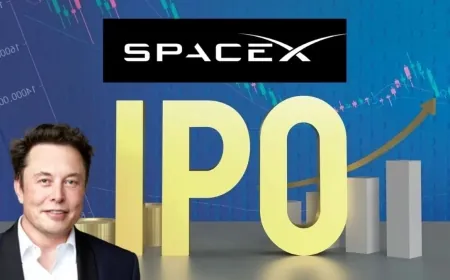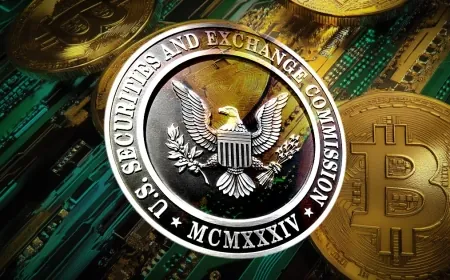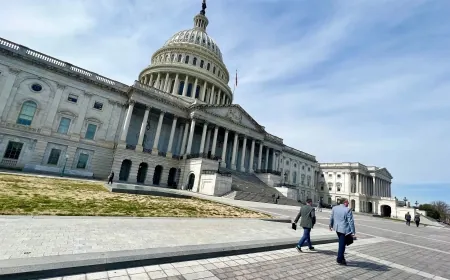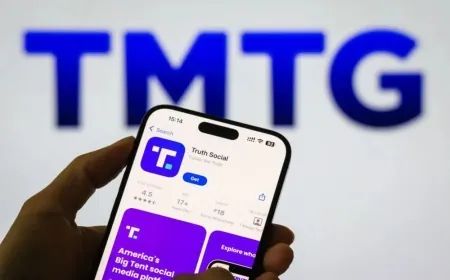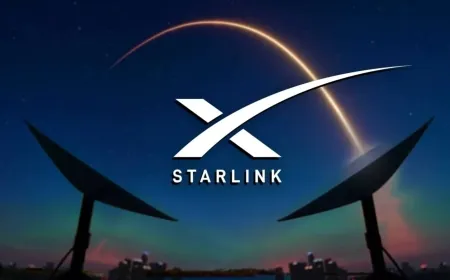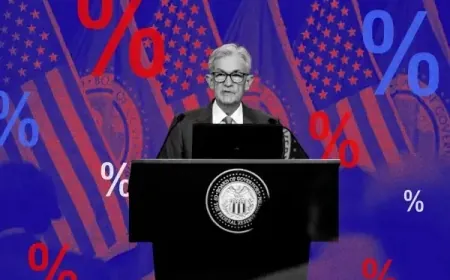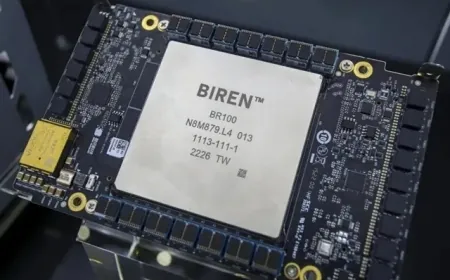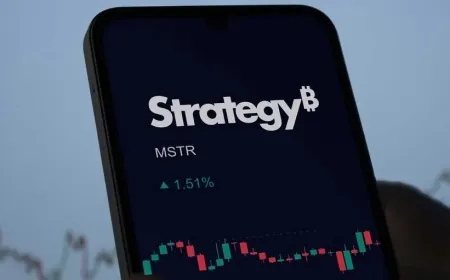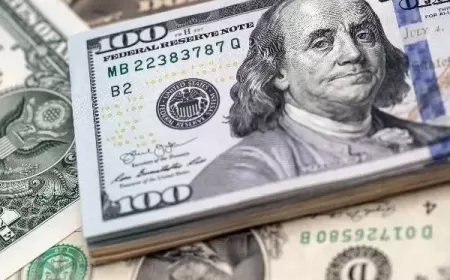XRP Joins Corporate Treasuries: $140M Allocated in 2025
VivoPower and Nature’s Miracle allocate $140M to XRP treasuries, marking significant institutional investment and cross-border payments adoption in 2025.
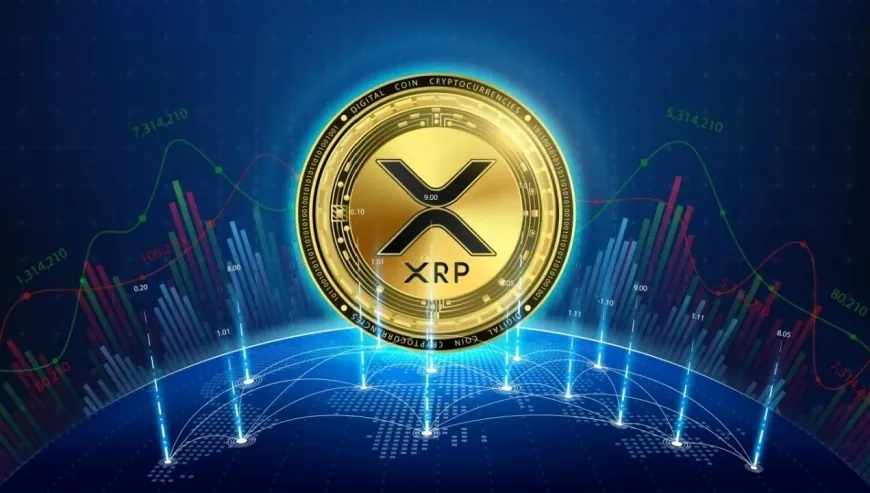
Corporate treasuries are expanding beyond Bitcoin and Ethereum, with Ripple’s XRP emerging as the latest digital asset attracting balance-sheet attention. While Bitcoin is prized for scarcity and Ethereum for decentralized finance applications, XRP’s speed and cost advantages in cross-border payments offer a new strategic use case for corporate holdings.
MicroStrategy Leads Bitcoin Treasuries
In August 2020, MicroStrategy (NASDAQ: MSTR) made history by allocating $250 million of its balance sheet to Bitcoin. The company later expanded its holdings to over $5 billion through a combination of convertible debt and equity sales. The move paid off: MicroStrategy’s stock jumped 173% over 12 months, surpassing Bitcoin’s own gains and inspiring other firms to explore cryptocurrency reserves.
Following this lead, Semler Scientific launched its Bitcoin treasury program in 2024, acquiring millions in BTC via open-market purchases. Meanwhile, companies exploring Ethereum targeted its utility in decentralized finance rather than scarcity as the primary driver. These precedents have laid the groundwork for corporate interest in XRP.
Early XRP Treasury Programs
Several firms are now testing XRP as a corporate treasury asset.
-
VivoPower, a London-based energy company, announced in May 2025 a $121 million XRP allocation alongside plans to develop internal DeFi projects leveraging the token.
-
Nature’s Miracle Holding launched a $20 million XRP treasury program in July 2025, funded through a registered equity facility.
-
Industry filings suggest at least ten additional firms are preparing XRP treasury initiatives, with allocations reportedly up to $500 million.
These early moves signal that corporate treasuries are increasingly willing to diversify beyond Bitcoin and Ethereum, exploring digital assets with practical utility for payments and liquidity management.
XRP’s Strategic Role
Unlike Bitcoin’s scarcity-driven value or Ethereum’s DeFi functionality, XRP is designed for fast, low-cost cross-border transactions. Ripple Labs has partnered with more than 50 banks and payment providers worldwide, allowing international settlements in seconds instead of days.
Corporate treasury managers are attracted to this operational functionality. XRP can serve both as a store of value and as a tool for liquidity management, including internal settlements and cross-border payments. Analysts note that this dual-use case positions XRP uniquely among major cryptocurrencies.
Regulatory uncertainty, particularly the ongoing SEC litigation against Ripple, remains a key consideration. Companies are adopting cautiously, but early movers could gain strategic advantages if corporate demand coincides with broader institutional adoption.
Funding Corporate Crypto Purchases
Corporations typically acquire cryptocurrencies through debt issuance, equity raises, or convertible bonds. This leverage allows firms to control significant holdings with limited initial capital, but it introduces risks:
-
Debt and equity dilution can impact shareholders if market movements turn unfavorable.
-
Operational and governance risks arise from treasury decisions, including timing and liquidity management.
-
Volatility amplification compared to direct ownership of the underlying cryptocurrency.
Investing in crypto treasury stocks is essentially a leveraged bet on the underlying token, layered with corporate risk.
Weighing XRP Investments
Corporate treasuries offer potential for outsized returns, particularly in bullish markets. Firms using convertible bonds or equity financing can see stock performance outpace the token itself during price surges.
However, missteps—such as poorly timed purchases, over-leveraging, or operational errors—can magnify losses. Direct investment in XRP removes these layers of corporate risk while allowing investors to benefit from price appreciation and institutional accumulation trends. Analysts suggest that long-term holders may be better served acquiring XRP directly rather than relying on small corporate treasury execution.
Corporate XRP Holdings
Early corporate allocations are beginning to influence XRP’s market dynamics. Concentrated holdings by VivoPower, Nature’s Miracle, and others could tighten available supply and create upward price pressure, mirroring MicroStrategy’s effect on Bitcoin in 2020–2022.
Operational adoption may expand in parallel. As companies integrate XRP into treasury functions, banks and payment providers could accelerate testing for cross-border settlements, increasing transactional demand. Regulatory clarity will remain a key factor, with ongoing SEC litigation tempering larger allocations in the U.S.
Market observers highlight that XRP’s long-term growth depends on both adoption in real-world transactions and successful navigation of regulatory and operational hurdles. Firms entering early may position XRP as a mainstream corporate reserve alongside Bitcoin and Ethereum.
XRP’s Corporate Potential
The corporate treasury model that reshaped Bitcoin and Ethereum is now extending to XRP. Early adopters are exploring the token for both investment and operational purposes, signaling a new phase of institutional experimentation in crypto.
Direct ownership remains the clearest route for investors to capture potential upside while avoiding corporate leverage and management risks. As more firms roll out XRP treasury programs, the market will gain insight into how the token performs under sustained institutional demand, determining whether XRP can solidify its place on corporate balance sheets.
Also Read: Ethereum vs XRP: Best Cryptocurrency for Long-Term Growth and Investment





